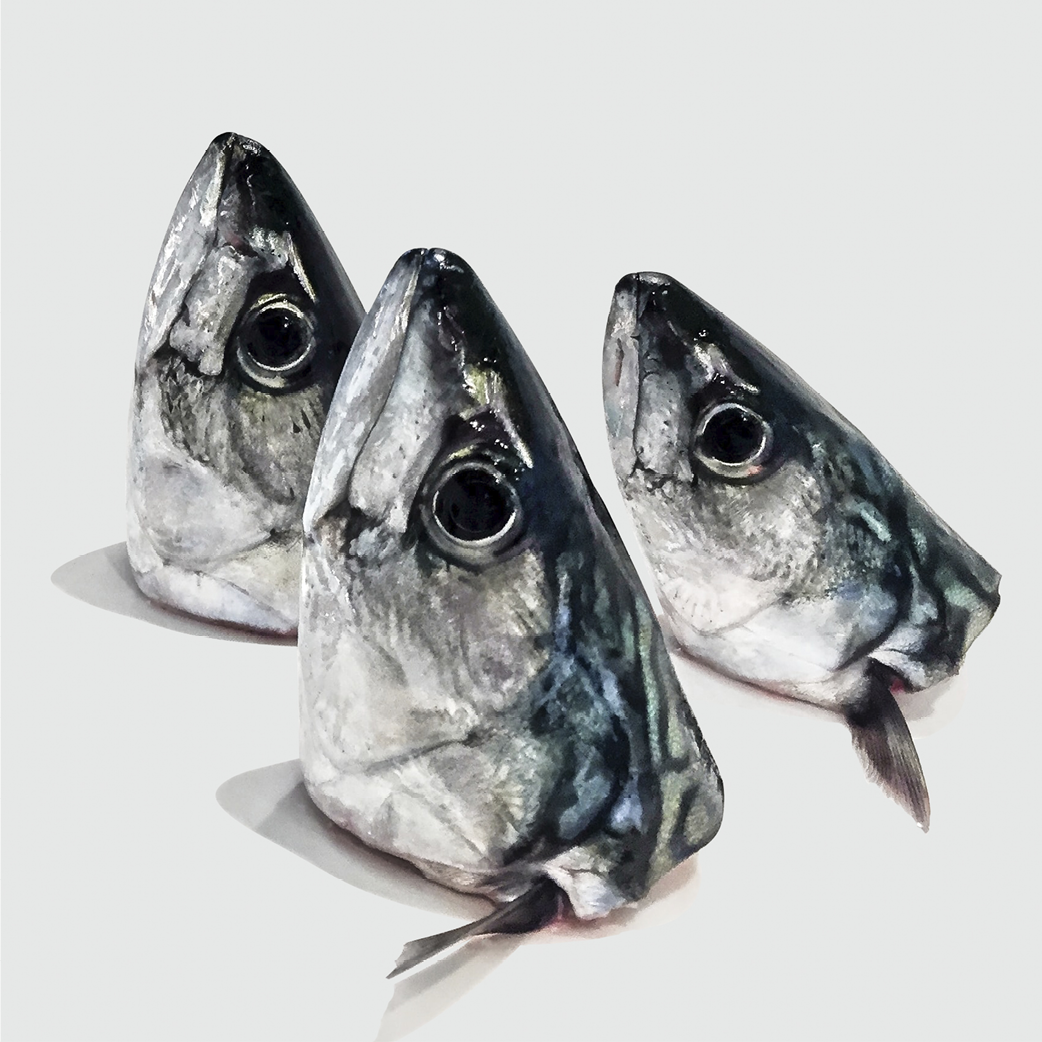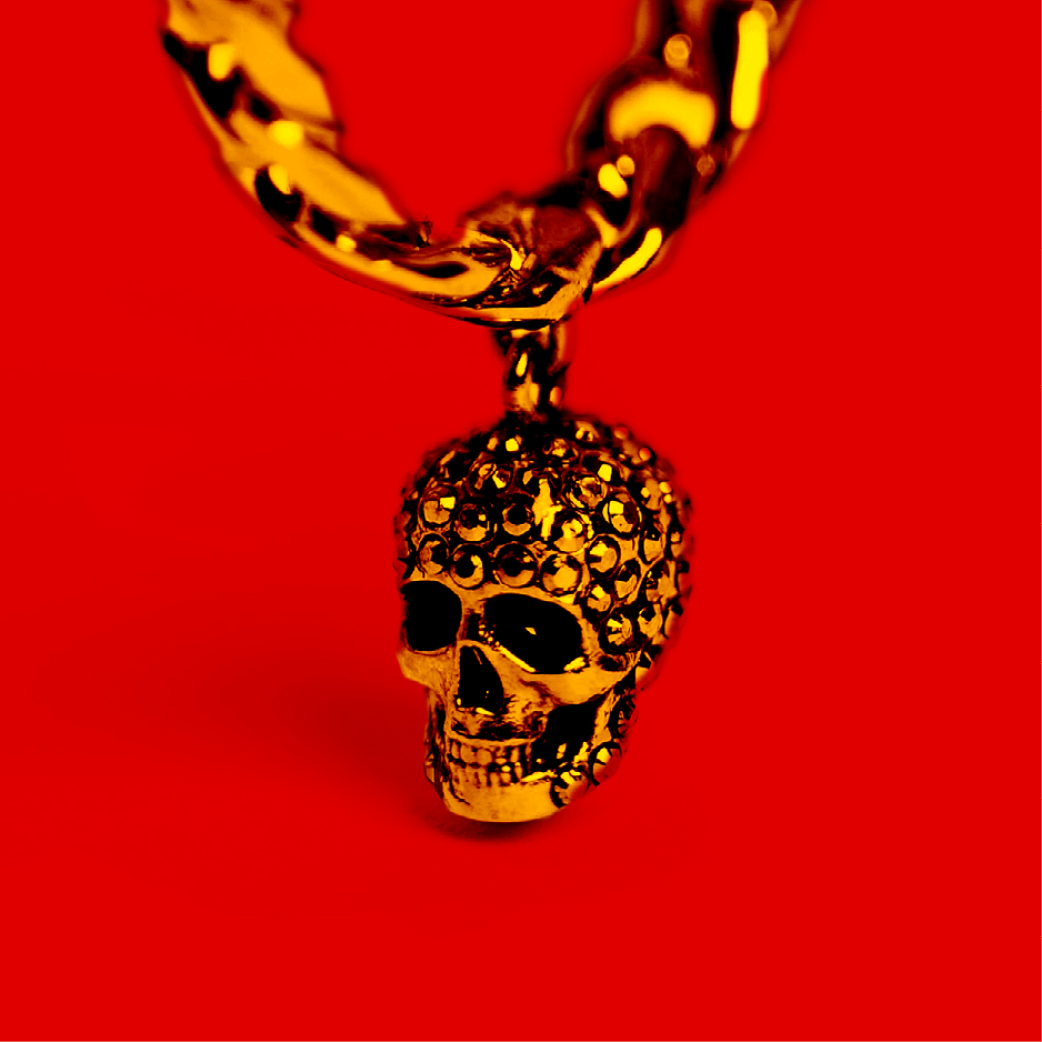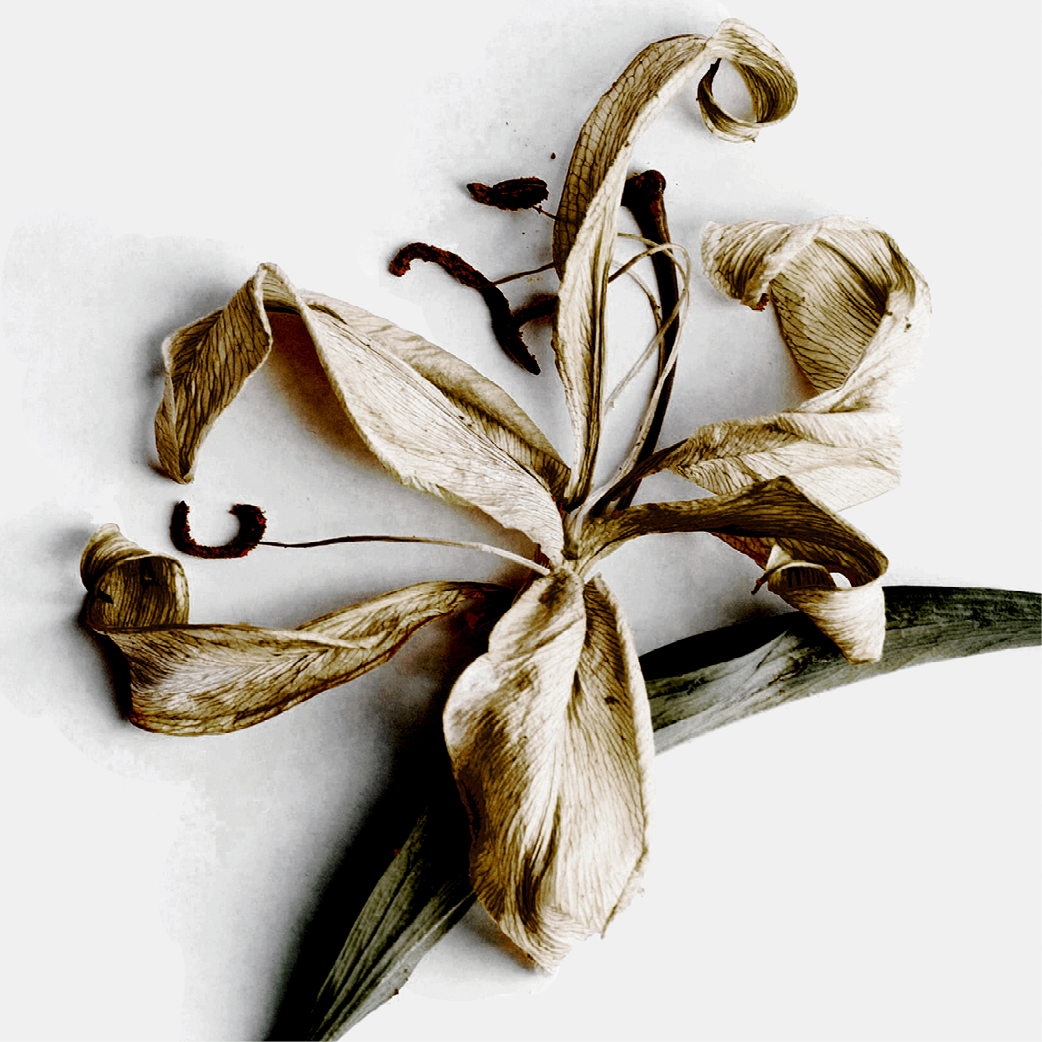Dear Audience Members,
The Covid-19 pandemic significantly reshaped the programme of our two previous seasons and has been a factor in the planning of the upcoming one. As we are slowly finding our way back to the reality we remember from before the epidemic, we now have to come to terms with Russia’s aggression against Ukraine. And although our would is no longer as safe as it used to be, everyone here at the Polish Opera House is determined to provide our audiences with some unforgettable moments of artistic delight. We hope that in the 2022/2023 season all of our performances will finally go ahead as planned and we will be able to offer you an even more diversified programme in the following years.

The first new production of the 2022/2023 season is a carefully curated programme of staged chorus scenes from operas by Bizet, Moniuszko, Puccini, Verdi, Wagner and more. CHORUS OPERA begins with the magnificent 'O Fortuna' from Carl Orff’s Carmina burana followed by a variety of Italian music. The first two pieces are choruses from Puccini’s operas: 'Coro a bocca chiusa' (Humming Chorus) from Act 2 of Madama Butterfly and 'Perché tarda la luna?' (Hymn to the Moon) from Act 1 of Turandot. Next, we will see crowd scenes from Giuseppe Verdi’s operas: 'Fuoco di gioia' from Otello, Chorus of The Gypsies from Il trovatore, and 'Auto da fe' from Don Carlos. The second part features a selection of German and Polish music, starting with 'Wach’ auf, es nahet gen den Tag' from Richard Wagner’s Die Meistersinger von Nürnberg and the Sailors’ Chorus from his Der fliegende Holländer. These will be followed by Roxana’s sensual song from Karol Szymanowski’s King Roger, mazurka from Stanisław Moniuszko’s The Haunted Manor, and the monumental Magnus Dominus from Krzysztof Penderecki’s Symphony No. 7 ‘Seven Gates of Jerusalem’ sung by three mixed choirs. Maestro Patrick Fournillier conducts the Chorus of the Polish National Opera, soloists, and Orchestra of the Polish National Opera.

The opera opening the season, Giuseppe Verdi’s LA FORZA DEL DESTIONO, has not been shown at the Warsaw opera house for 123 years. Although some complained that the opera was too elaborate, inhabited by an abundance of episodic characters, and overflowing with events that were beyond the bounds of possibility, the piece has never lost its appeal to the audiences. It was given its Polish debut at the Teatr Wielki in Warsaw in January 1871 under the brilliant Cesare Trombini. Next, the work was put on at the Summer Theatre in Warsaw in 1889 in a staging by Leopold Matuszyński and under the baton of Jan Quattrini. The Polish National Opera’s new production will be directed by Mariusz Treliński and will star Tomasz Konieczny, who returns to our stage after singing Hindemith’s Cardillac last season. The show is co-produced with the Metropolitan Opera in New York and is sure to surprise with its take on the Verdi classic. La forza del destino will be Mr Treliński’s third work to be shown at the Met, after a double bill of Tchaikovsky’s Iolanta and Bartók’s Bluebeard’s Castle, and Wagner's Tristan und Isolde. The Polish premiere will be conducted by Patrick Fournillier.

Following close on the success of Benjamin Britten’s Billy Budd in 2019, we will now treat our audience to the composer’s PETER GRIMES. First shown at Sadler’s Wells in London on 7 June 1945, the piece has been put on across the world by such directors as John Cranko and Willy Decker. The new Polish National Opera production is the work of Mariusz Treliński. As the artistic director of the Polish National Opera, Mr Treliński had a hand in the company’s stagings of Curlew River and Billy Budd (together with the Norwegian Opera and Ballet in Oslo) in the previous seasons. The eponymous Peter Grimes is a man who lives off fishing – raw, reticent and at odds with the local community who accuse him of brutality towards his young apprentices and blames him for the death of one of them. The title role will be created by tenor Peter Wedd, who could have been heard in Warsaw in Lohengrin in the 2014/15 season. Michał Klauza conducts.

From the the east coast of England we will travel to the vibrantly cosmopolitan capital city of Argentina. MARIA DE BUENOS AIRES, the tango-opera written by the late Argentinian composer Astor Piazzolli to a libretto by Horacio Ferrer, is a story of a woman overcome by her dreams, a goddess and a streetwalker, torn between light and shadow, good and evil, love and atrophy of feelings, desire and rejection of all illusions. For the composer, the eponymous Maria was an allegory of his beloved city. Beautiful and doomed, she seemingly manages to escape her humble beginnings and gain freedom, yet she is held prisoner by the choices she had made on the way. She descends into the depths of the huge city, becoming the member of the oldest profession, getting to know the dark nooks and crannies of the city and her soul, to finally lose her life as a result of her contacts with the violent underworld. Her spirit then listlessly wanders the streets of the metropolis like a shadow. This one-of-a-kind mistery play takes place in the pulsating atmosphere of the dark alleys of the ‘divine Buenos’, throbbing to the rhythm of the tango of life and death.
The three new opera productions will be preceded with concerts of their composers’ less known music held as part of our familiar PREMIERE PRELUDES series.

Dance lovers will no doubt applaud the return of GISELLE with music by Adolphe-Charles Adam, libretto by Théophile Gautier and Jules-Henri Vernoy de Saint-Georges, and choreography by Jean Coralli and Jules Perrot. The ballet masterpiece was brought to life by the most prominent artists of French romanticism. When Giselle first enters the stage, she is as a careless girl in love with a seductive Loys unaware that he is Prince Albrecht disguised as a pheasant. The truth, once exposed, costs Giselle her sanity and life. She returns as a vila, joining the spirits of other wronged girls. Yet, her love for Albrecht is still so strong that she saves him with her dance from the other spirits’ revenge. The moving role that combines pastoral charm and true drama has been wonderfully rendered by the greatest ballerinas of all time. The last two productions of the ballet show in Warsaw (1968 and 1976) were designed by the late Andrzej Kreutz Majewski, whose sets and costumes excellently conveyed the romantic atmosphere of the French masterpiece. When mounting its new production of Giselle, the Polish National Ballet decided to revive the great set designer’s stunning vision. The show is, therefore, also a tribute to the internationally renowned Polish artist who served as the Teatr Wielki’s chief set designer between 1966 and 2005.

We will also invite our ballet audiences to a new triple bill of choreographies – BEETHOVEN AND THE DUTCH SCHOOL. The title refers to a style in 15th and 16th century painting represented by the van Eyck brothers, Rogier van der Weyden and Dieric Bouts, artists mainly based in Flandres, as well as composers of that period. The term also denotes a group of 20th-century choreographers primarily associated with the Dutch National Ballet in Amsterdam, the influential artistic centre established in 1961 by the mother of contemporary Dutch ballet, Sonia Gaskell. They are, first and foremost, such brilliant Dutch artists as Rudi van Dantzig, Hans van Manen, Toer van Schayk, and Ted Brandsen, the current head of the company, as well as British choreographer David Dawson and Poland's Krzysztof Pastor, director of the Polish National Ballet. The programme draws on music by Ludwig van Beethoven, a German of Flemish origin. It opens with one of the most famous choreographies by Hans van Manen, created in 1971 for the Nederlands Dans Theater to Beethoven’s Grosse Fuge Op. 133 and Cavatina from his B-flat major Quartet Op. 130. The main focus of the piece is are the bodies of dancers, both the male and female leads and the whole dancing group, as they are set in motion and sculptured by the music. Ted Brandsen will create a new choreography for the Polish National Ballet to a Beethoven piano piece of his choice, inspired by the artistic personalities of the company’s dancers. The programme will end with a work by Toer van Schayk, a choreographer well known to the Warsaw audience. His choreography is set to Beethoven's Seventh Symphony.
The upcoming season will also offer a range of interesting concerts. In September, the main auditorium of the Polish National Opera will resound with THE VOICES OF THE MOUNTAINS featuring music by three prominent Polish composers: Karol Szymanowski, Henryk Mikołaj Górecki and Wojciech Kilar performed by Janusz Olejniczak, Jan Smoczyński, Sebastian Karpiel Byłecka’s Highlander Quartet, as well as the Atom String Quartet and Neo Quartet. Music direction: Jerzy Maksymiuk.
Marking the Year of Polish Romanticism, in November we will hold the concert of A SEA OF DREAMS DID BREATHE ON ME, a cycle of songs by Krzysztof Penderecki for soprano, mezzo-soprano and baritone accompanied by a chorus and symphony orchestra, set to poetry by Cyprian Kamil Norwid (1821–1883), Young Poland poets, and members of the 20th-century Skamander group. The cycle has a triptych structure. The first part – Enchanted Garden – explores the poetry of Kazimierz Wierzyński, Konstanty Ildefons Gałczyński, Stanisław Korab-Brzozowski, and Kazimierz Przerwa-Tetmajer. The second part – What does the night say? – draws on the poetry of Leopold Staff, Aleksander Wat, and Tadeusz Miciński. The final Adagio-Requiem features chords from Chopin's Sonata No. 2 in B-flat minor Op. 35 and centres around Norwid’s poem Chopin’s Piano as its leitmotif. The world premiere of the cycle took part on 14 January 2011 at the Warsaw Philharmonic Hall. It had been written to celebrate the bicentenary of Chopin’s birth the year before.
On the eve of Gustaw Holoubek’s birthday, we will celebrate the memory of this great Polish cultural figure with a night of music and poetry GUSTAW HOLOUBEK IN MEMORIAM, traditionally held at the Redutowe Rooms of the Teatr Wielki.
In keeping with the tradition, we will send off 2022 and greet 2023 with a gala concert of the greatest operatic hits in masterful interpretations. THE NEW YEAR'S EVE GALAwill feature stars of Polish and international opera stages as well as the Chorus and Orchestra of the Polish National Opera.
The season would not be complete without some of the best of our productions of the previous years.
The first quarter of the new season will be a treat to ballet lovers. In September we will revive the breathtaking display of classic dance with the Spanish flair that is DON QUIXOTE choreographed by Marius Petipa to music by Ludwig Minkus. Revised and remade since 1869 by subsequent generations of choreographers, the piece still attracts crowds to theatres worldwide. We will follow with OBSESSIONS, a triple bill of choreographies by Emil Wesołowski (RETURNING WAVES) and Krzysztof Pastor (ADAGIO & SCHERZO, MOVING ROOMS).
The 2022/2023 season will see the return of the new ballet productions of the current season. EXODUS / FLIGHTS-HARNASIE is a double bill of choreographies by Anna Hop and Izadora Weiss. Hop’s piece, set to music by Wojciech Kilar, explores the concept of fate that decides the course of human life. The production’s protagonist is a community trapped in a vicious circle of the same mistakes repeatedly committed by the human kind. Inspired by groups of insects and birds, the choreography provides a convincing portrayal of a complex social structure made up of individuals. The dramaturgic concept and costumes in Weiss’s Flights-Harnasie is based on an audacious combination of Olga Tokarczuk’s prose and Karol Szymanowski’s music. Weiss brings together the Flights vignette from Tokarczuk’s Man Booker Prize winning novel under the same title, Szymanowski’s Symphony No. 4 (Symphonie concertante) and his Harnasie. In a broad sense, Tokarczuk’s flights are contemporary harnasie: free people. The work is based on constant movement and incessant striving for freedom.
Krzysztof Pastor’s ballet DRACULA, also set to music by Wojciech Kilar. Commissioned by the West Australian Ballet, it was a sensation of 2018. Th ballet is an adaptation of Bram Stoker’s world-famous horror novel (1897) and its 1992 Oscar-winning film version by Francis Ford Coppola. audience. It is a story of man haunted by a terrible curse that only love can break and a moving show about love that survives death. The work was nominated for the prestigious Helpmann Award for Best Ballet and received three Performing Arts WA Awards, for Best New Work, Best Costume Design, and Best Musical Arrangement. It also won the hears of the Warsaw.
The Polish National Ballet’s choreographic workshop CREATIONS will return with another collection of dance miniatures devised by the company’s dancers.
Towards the end of the season we will treat the audience to the side-splitting ballet double bill FREDRIANA drawing on the plays of Count Aleksander Fredro (1793–1876). The programme is another chance to hear Stanisław Moniuszko’s music which accompanies the tongue-in-the-cheek romantic storylines. The light-hearted, universal comedy ingeniously constructed by the brilliant playwright is a perfect match for Moniuszko’s at times lyrical and at times dramatic score. And so are the choreographies by Conrad Drzewiecki and Anna Hop superbly performed by the dancers of the Polish National Ballet.
In good news for admires of classical opera productions, Verdi’s AIDA returns to our stage after a longer hiatus. Having opened in Cairo on 24 December 1871 and less than seven weeks later in Milan’s La Scala, the opera began a triumphant march across the world’s opera houses that continues to this day. The splendid spectacle attracts today’s audiences with its extraordinary score, fantastic sets inspired by the ancient world, exquisite duets, in particular the final one sung by Aida and Radamès, and numerous crowd scenes featuring a chorus and extras. Patrick Fournillier conducts.
Another classic revival, Gilbert Deflo’s twenty-seven years old staging of Verdi’s RIGOLETTO continues to dazzle with its spectacular scenery and costumes. An array of stars graced our stage to appear in the production over the years, including Andrzej Dobber, Agnieszka Zwierko, Artur Ruciński as well as the amazing Piotr Beczała, and the phenomenal Aleksandra Kurzak who returns to the Polish National Opera in the 2022/2023 season asTOSCA in Barbara Wysocka’s take on the opera. Ms Kurzak regularly performs on the world’s greatest stages, including the Teatro alla Scala in Milan, Wiener Staatsoper, Teatro Real Madrid, Metropolitan Opera in New York, Royal Opera House, Covent Garden. She debuted at the Opera National de Paris as Adina in Donizetti’s L’elisir d’amore. Her repertoire also includes the part of Micaela in Carmen, Alice Ford in Falstaff, Vitellia in La clemenza di Tito, Violetta in La traviata, Desdemona in Otelol, and Elisabetta in Don Carlos.
Apart from Tosca, we will also show last year’s production of Puccini’s LA BOHÈME by the Wysocka and Hanicka director/designer duo and Mariusz Treliński’s now iconic take on MADAMA BUTTERFLY designed by Boris Kudlička. Both production will be conducted by Patrick Fournillier.
Lorenzo Passerini will conduct Boris Kudlička’s innovative production of the Orff cantata, CARMINA BURANA (BLINK OF AN EYE) featuring soloists, Chorus of the Polish National Opera, and the Artos children’s choir.
As for the Polish opera repertoire, we will show David Pountney’s take on Moniuszko’s THE HAUNTED MANOR and Mariusz Treliński’s production of Szymanowski’s KING ROGER.
Those who prefer modern opera stagings should not miss THE MAGIC FLUTE by Suzanne Andrade and Barrie Kosky or Andrzej Chyra’s rendition of CARMEN. Both operas will be conducted by Piotr Staniszewski.
Our Opera Gallery and Theatre Museum have a range of ART EXHIBITIONS in store for the enthusiasts of the visual arts.
In September, the Opera Gallery will showcase the work of its co-founder ADAM MYJAK. A sculptor and educator, professor and former rector of the Academy of Fine Arts in Warsaw (1990–1996, 1999–2006, 2012–2020), Mr Myjak co-created together with Antoni Pastwa the quadriga that adorns the pediment of the Teatr Wielki. The characteristics of his style are monumental human figures, often missing the head or arms, shown with their eyes closed.
Our subsequent exhibitions will explore ANTONI FAŁAT, a painter whose pieces revolve around new figuration and hyperrealism, focusing on the human figure, and JERZY ADAM STAJUDA, an artist whose fascination with Chinese calligraphy manifests in his subtle pantings and who has dubbed his art ‘hypnagogic’, or comparable to waking dreams.
The Theatre Museum is working to mount an exhibition dedicated to the world-famous set designer, painter and educator ANDRZEJ KREUTZ-MAJEWSKI. He began his work with the Warsaw opera house 60 years ago with a memorable production of Stravinsky’s The Rite of Spring and went on to design Debussy’s opera The Prodigal Son and Honegger’s Judith. In 1966 he took over as the chief set designer of the Teatr Wielki, a role he performed until 2005, while pursuing an international career that saw him collaborate with the world’s leading opera houses.
The Museum is also planning to open a commemorative exhibition focusing on the life and career of MARIA FOŁTYN, the accomplished opera singer, opera director, and founder of the International Stanisław Moniuszko Vocal Competition who tirelessly promoted the composer’s work around the world: in Havana, Tokyo, Osaka, Samara, Istanbul, Novosibirsk, Moscow, and other countries of the Communist bloc. The exhibition marks 10 years since Ms Fołtyn’s passing in December 2012.
Another show at the Theatre Museum will concentrate on OTTO AXER, one of the most intriguing Polish set designers of the second half of the 20th century as well as a painter, graphic designer, illustrator. He made his debut as set designer in 1932 at the Municipal Theatre in Lviv, where he worked with Leon Schiller and Andrzej Pronaszka. There and then theatre became his greatest passion. After the war, Axer worked as set designer for the Polish Theatre in Warsaw. He also collaborated with the Theatre of the Polish Armed Forces in Łódź, the Powszechny and Jaracza in Łódź, Współczesny and Wielki in Warsaw. As a painter, he mainly focused on small forms executed after hand-drawn studies.
The Polish National Opera has planned a range of projects EDUCATIONAL PROJECTS for the younger audiences, including MUSICAL MATINEES, MEETINGS WITH MUZALINDA, FAMILY FUN AT THE WIELKI, MEET A VIRTUOSO, as well as two new programmes to be launched this season: a series of multimedia concerts titled POLISH MUSIC FOR 4 HANDS and Anna Hop’s dance and choreography workshops THE CARNIVAL OF THE ANIMALS to be held during the summer of 2023.
We look forward to welcoming you to the opera house!
Tickets for events scheduled until the end of 2022 go on sale on 21 June 2022.
Tickets for events scheduled from 1 January 2023 go on sale on 1 October 2022.
Subscription packages will not be offered in the 2022/23 season.





